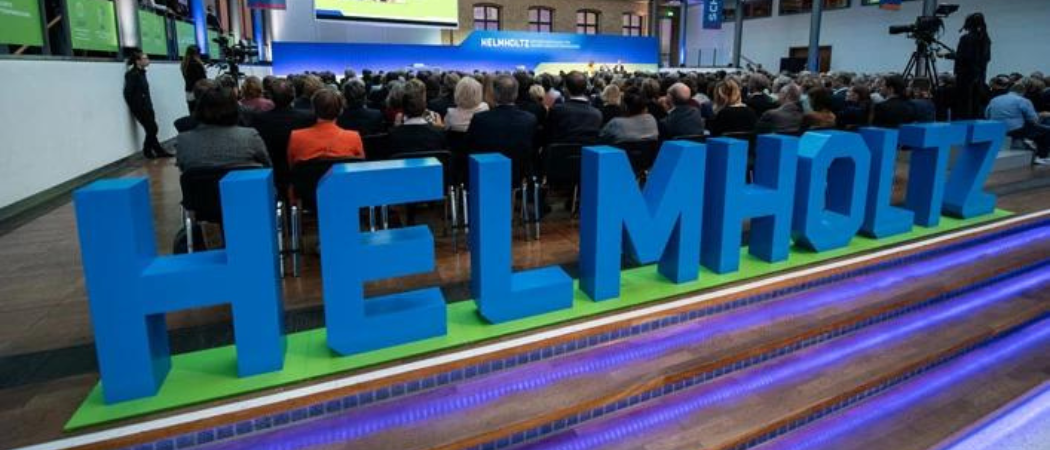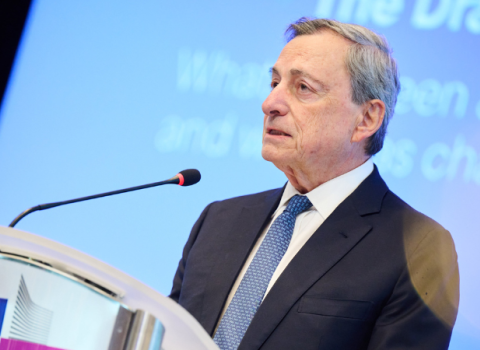A bigger budget for the EU’s next research framework programme should mean more money to bridge the EU’s east-west divide

Photo: Helmholtz Association
The EU’s next framework research programme FP10 should continue funding projects aimed at bridging Europe’s research and innovation gap, Germany’s largest research organisation said in a paper highlighting their priorities for the successor of Horizon Europe.
According to the Helmholtz statement, the EU should boost the attractiveness of the Widening programme under FP10. This is at odds with previous calls from some EU member states which want to move the scheme into the EU’s regional funding programme
“We welcome continued funding for projects by and with Widening countries. At the same time, the attractiveness of such funding instruments has to be increased for non-Widening countries to promote further collaboration,” Helmholtz says. “The European divide continues to be a major threat for international competitiveness.”
Of the Horizon Europe budget of €95.5 billion, just under €3 billion is set aside for Widening measures. Although these measures are aimed at countries lagging on research and innovation performance, many of the calls include non-Widening partners.
For example, the German research organisation Fraunhofer is involved in 12 Widening projects under Horizon Europe worth a total of €6.3 million, while France’s Fondation européenne de la science is involved in seven worth €5.3 million.
Ioannis Legouras, head of the Helmholtz Brussels office, said the EU needs to “increase the attractiveness of the [Widening] instruments for all partners to enable and foster the best collaborations.”
One way to do this would be to increase collaborations between large research infrastructures in the west with Widening partners. “There is still untapped potential there as [these infrastructures] facilitate excellent research, strengthen collaboration and are dynamic innovation hubs,” Legouras said.
Helmholtz is arguing for a doubling of the budget for FP10. This should “of course result in adjusting the budget for Widening measures accordingly,” said Legouras.
The Helmholtz paper comes after the Danish government published its early vision for FP10 in which it called for Widening measures to be taken out of the next framework research programme and funded through an alternative source, such as EU structural fund, which is a non-competitive funding pot.
Rather than moving Widening wholesale, the Helmholtz paper says structural funds could contribute more to funding research and innovation in lagging countries. While investing structural funds in research is allowed currently, there is no dedicated budget and member states can choose how to invest the money, which is often used for large infrastructure projects.
“Through a portfolio-inspired approach, public research organisations, industry and national authorities could jointly develop tailor-made activities to promote an excellent and sustainable research and innovation culture in the widening countries,” the Helmholtz paper says.
Legouras said that a fund dedicated specifically to research could be carved out of structural funds to support Widening countries. “This could indeed contribute to closing the research and innovation gap in Europe and thereby enhance Europe’s competitiveness and agility,” he said.





 A unique international forum for public research organisations and companies to connect their external engagement with strategic interests around their R&D system.
A unique international forum for public research organisations and companies to connect their external engagement with strategic interests around their R&D system.